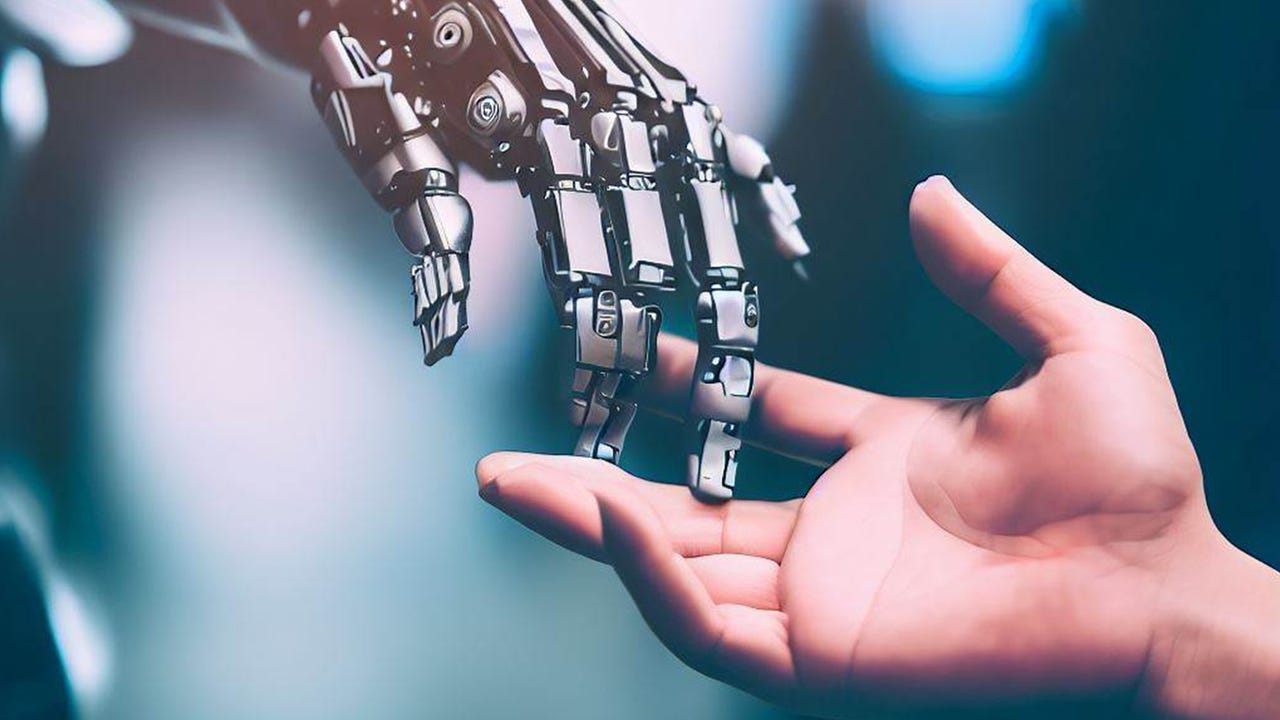AI Content Detection and Solutions
AI Content Detection and Solutions
Blog Article

Navigating the Complex Landscape of AI Content Detection
In the rapidly evolving landscape of artificial intelligence, distinguishing between content generated by humans and that produced by AI has become an essential skill. As AI continues to advance, the lines between human-generated and machine-generated content blur, making it increasingly difficult to discern the origin of digital information. This challenge has led to the development and integration of sophisticated algorithms designed to detect AI-generated content, marking a pivotal development in maintaining the integrity of digital interactions. Explore further information about AI Detection Remover.
The Rise of AI Detection Algorithms
AI detection algorithms are now a fundamental component of many digital platforms, serving a critical role in ensuring the clarity and authenticity of online content. These methods employ advanced techniques to identify characteristics typical of content generated by AI, such as patterns in language and sentence structure that differ from human writing. By distinguishing between human and AI-produced material, these algorithms help maintain a level of trust in digital communications, ensuring that users can differentiate between genuine human interactions and those simulated by machines.
The Importance of Detection in Digital Clarity
The ability to detect AI-generated content has far-reaching implications for the digital ecosystem. It not only helps in combating misinformation but also plays a crucial role in areas such as academic integrity, where distinguishing between student-written and AI-generated assignments is paramount. Furthermore, in creative industries, ensuring the authenticity of artworks and writings has become essential in preserving the value of human creativity.
Countermeasures and the Evolution of AI Paraphrasing Tools
As detection algorithms become more sophisticated, so too do the methods to circumvent them. A new breed of tools has emerged, designed to obscure the AI origins of content. These utilities, often referred to as AI paraphrasing tools, rephrase the output of AI generators in ways that make it more challenging for detection systems to identify. This evolution represents a cat-and-mouse game between the creators of AI content and the developers of detection algorithms, with each side continually advancing their techniques.
The Role of Paraphrasing Tools in Digital Authenticity
Paraphrasing tools are increasingly being used by individuals who wish to present AI-generated content as if it were human-crafted. This is particularly prevalent in environments that restrict or outright ban AI-generated submissions, such as academic institutions or content platforms seeking to preserve a human-centric user experience. While these tools offer a means to bypass current detection systems, their use raises ethical questions about the nature of authenticity and originality in the digital age.
Conclusion
The ongoing development of AI detection algorithms and paraphrasing tools highlights the complex relationship between technology and authenticity. As AI continues to permeate various aspects of digital life, the ability to discern the origin of content becomes crucial. This dynamic landscape prompts ongoing discussions about the role of AI in society, the importance of maintaining digital authenticity, and the ethical considerations surrounding the use of technology to mimic human creativity. As we navigate this evolving terrain, the balance between leveraging AI's capabilities and preserving the integrity of human-generated content remains a key challenge for the digital world.
Report this page